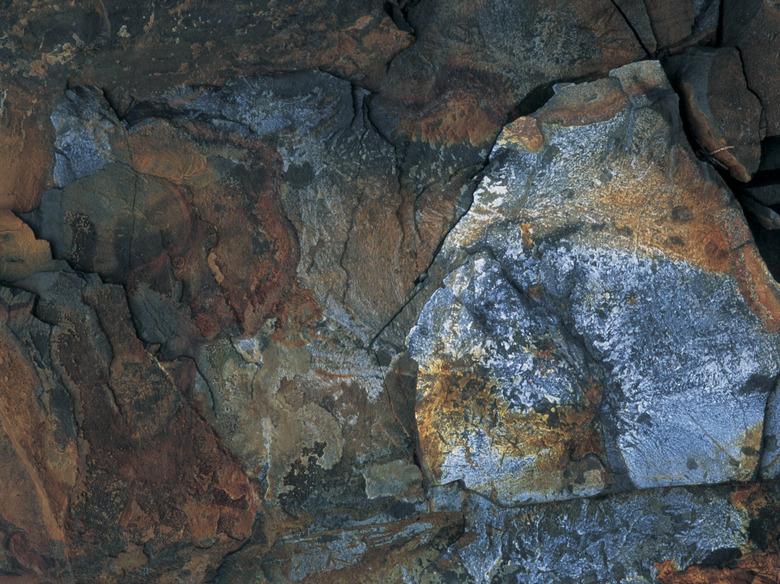Can I Grind Down High Spot Slate Floors?
Because of its relative affordability and interesting textures and colors, slate is a common DIY flooring choice. For example, Peacock slate earns its name by the tile's peacock-like spectrum of colors. However, since slate is a naturally occurring building product, the surface of the natural stone tends to be more uneven than other stone types. In drastic cases, or poorly installed slate flooring jobs, high spots even present a safety hazard.
Grinding
Unfortunately, slate responds to grinding in a different manner than natural stones, such as travertine and granite. You can grind and sand the surface of most natural stones, then use different grit diamond sand papers to resurface the pieces back to their original sheen. Unfortunately, this is not possible with slate; grinding the surface of slate permanently alters the stone's natural surface finish, creating an ugly, chalk-like consistency that doesn't match the rest of the stone or adjoining pieces.
Chipping
Since slate is a multilayered shale-like material, it may be possible to chip away high spots, especially high corners. Unlike the sanding process, chipping simply peels away the surface layer, exposing beautiful, surround-surface-matching layers of stone. Use a small hammer or carpenter's hammer with a flat-edged cold chisel — both tools are available in home improvement stores. Place the chisel at a slight horizontal angle — 20 to 40 degrees — against the protruding slate edge. Gently strike the chisel with the hammer. Repeat the process if necessary to smooth out the surface.
Removal
If chipping isn't a feasible option, you will need to remove the protruding slate tiles. Start out by removing the grout surrounding the offending piece. Use a hand-held, carbide-tipped grout saw to grind the grout out. Use a hammer and cold chisel to strike the corner of a piece. After the corner breaks off, continue hammering away at the remaining piece. Remove all of the remaining thinset mortar on the substrate. Use a shop-vac to remove debris.
Re-Installation
Clean all debris and sediment from the substrate area. Use a shop-vac to eliminate any remaining dust. Dry fit a new piece into the opening. Verify that the piece is below the adjoining pieces. Remove the piece. Smear the substrate with polymer-modified thinset mortar with a 3/16-inch square notch trowel. Place the piece in the space. Remove the piece if it is high or low. Add or subtract thinset mortar it is until flush.
